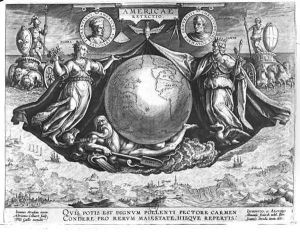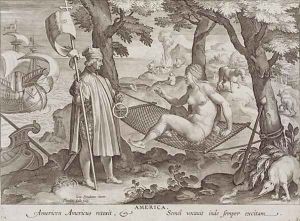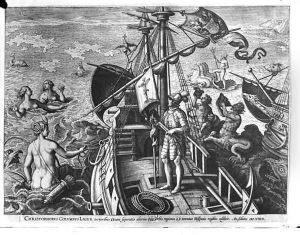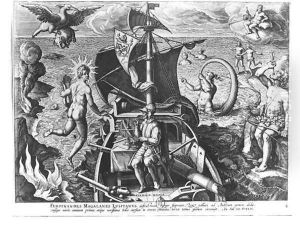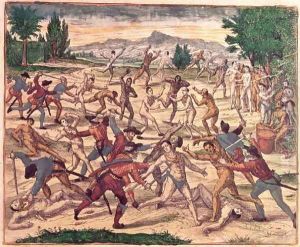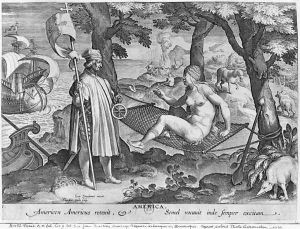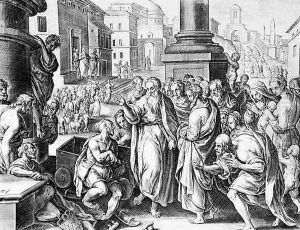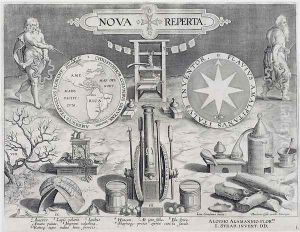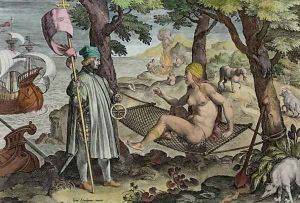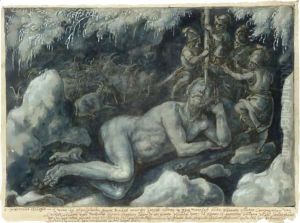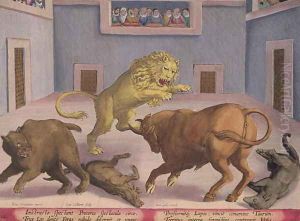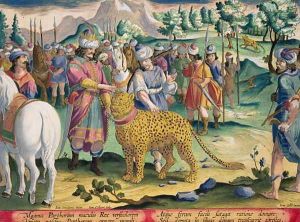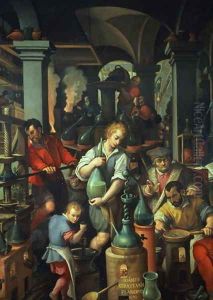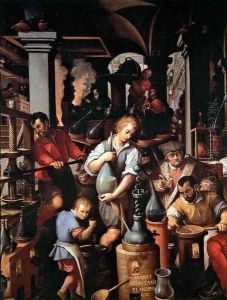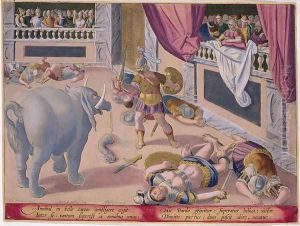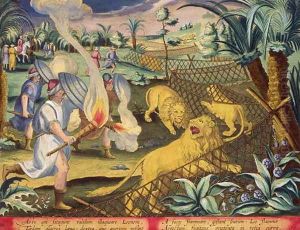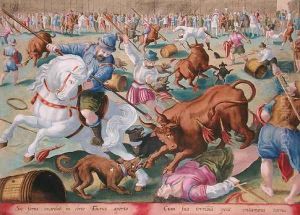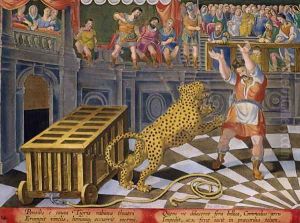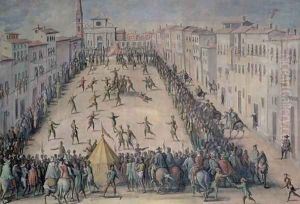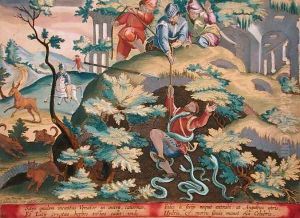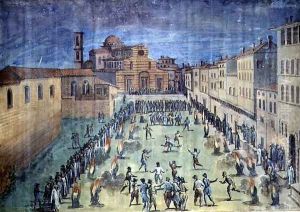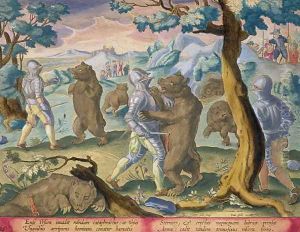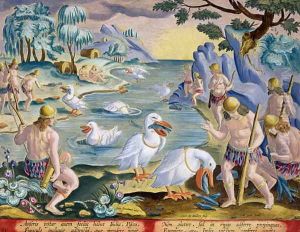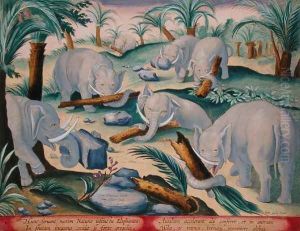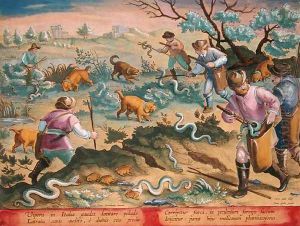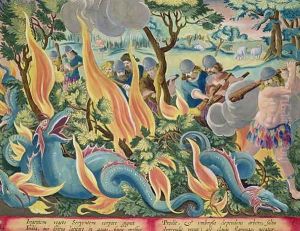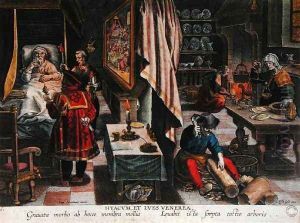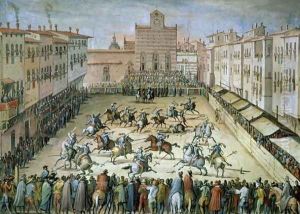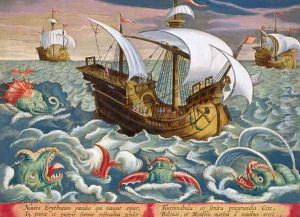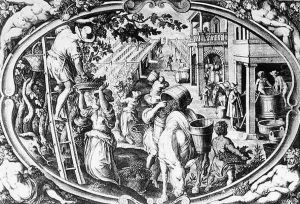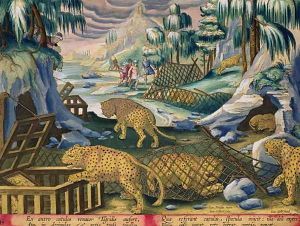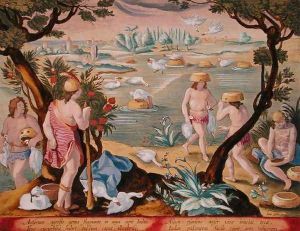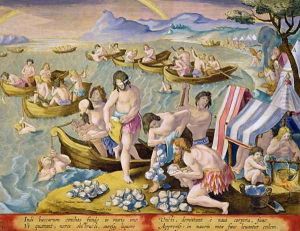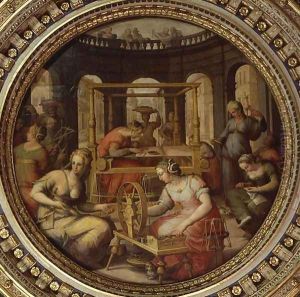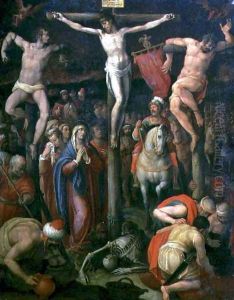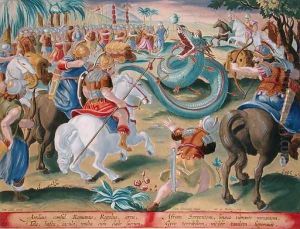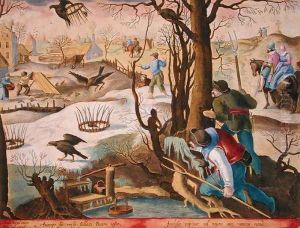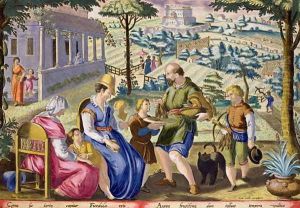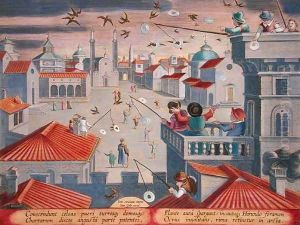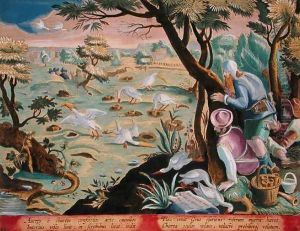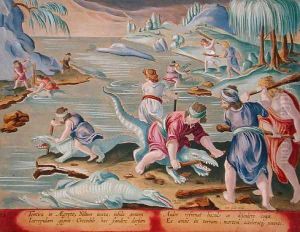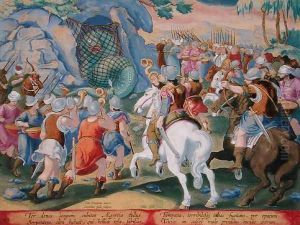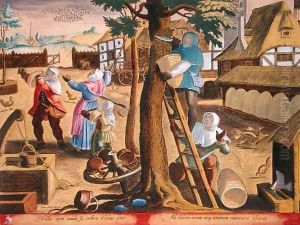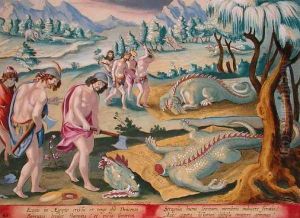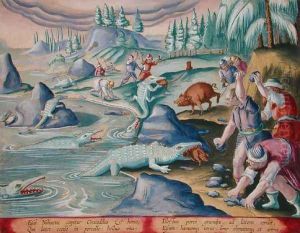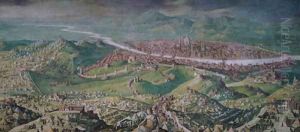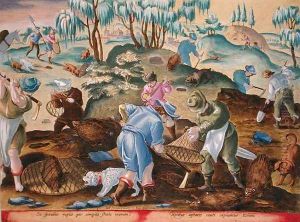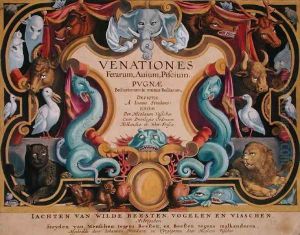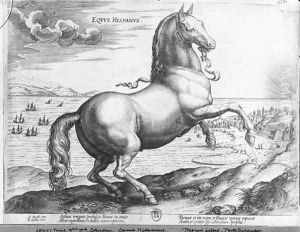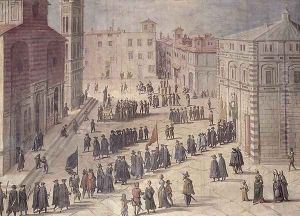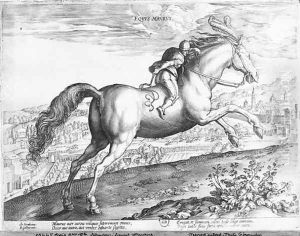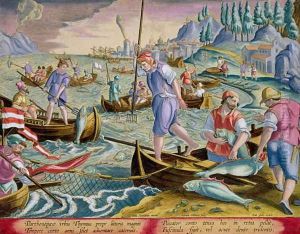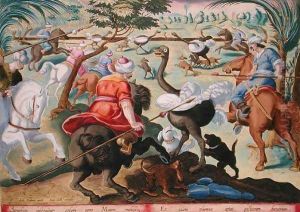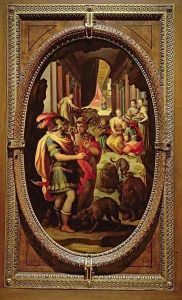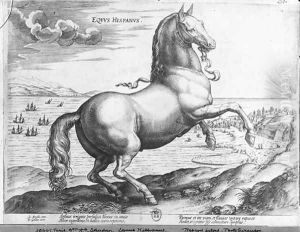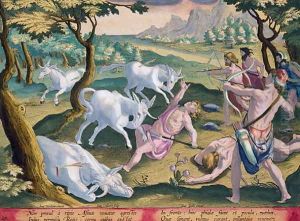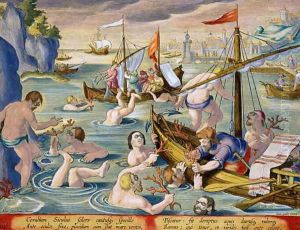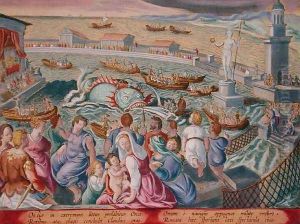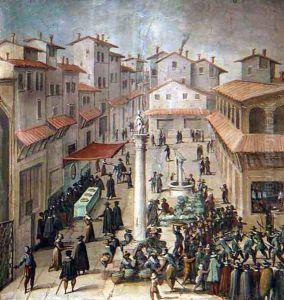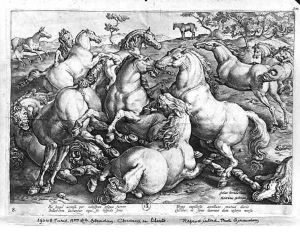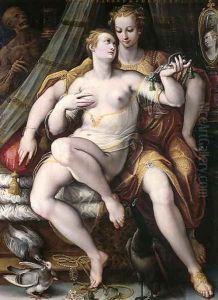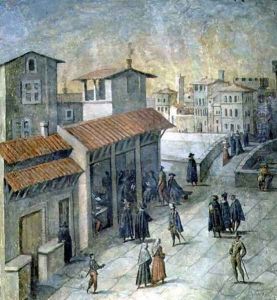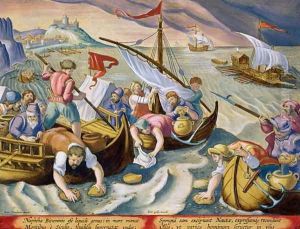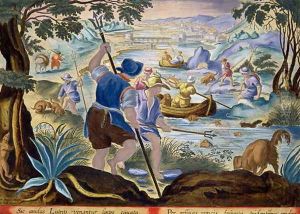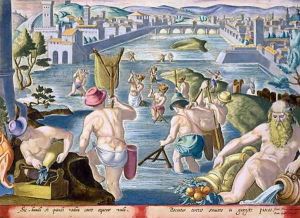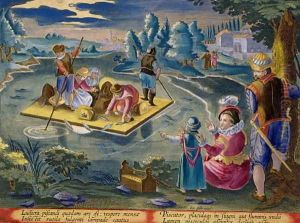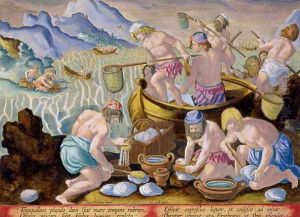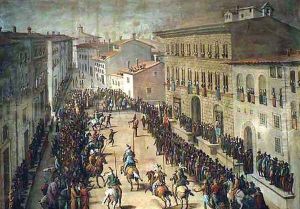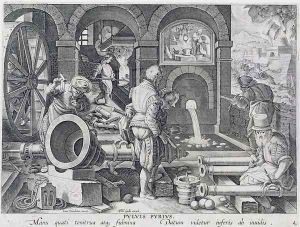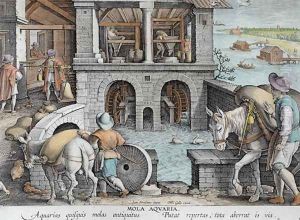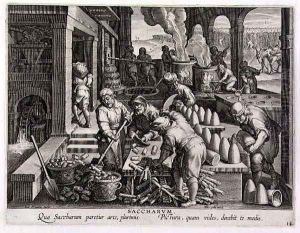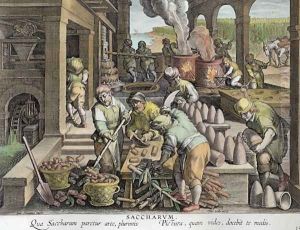Giovanni Stradano Paintings
Giovanni Stradano, also known as Jan van der Straet or Stradanus, was a Flemish artist of the Renaissance period, known for his innovative works in painting and printmaking. Born in 1523 in Bruges, which was then part of the Habsburg Netherlands, Stradano developed his artistic skills in the fertile cultural environment of Flanders, which was a major center for the arts during the 16th century.
Stradano's early training is not well-documented, but it is believed that he studied under Pieter Aertsen in Antwerp, a city renowned for its artistic community. His work soon caught the attention of prominent patrons, and in the 1550s, he moved to Italy, the epicenter of the Renaissance, to further his career. It was there that he became affiliated with the Medici court in Florence and was influenced by the work of Italian masters such as Michelangelo, Leonardo da Vinci, and Raphael.
During his time in Florence, Stradano collaborated with Giorgio Vasari on the decorations of the Palazzo Vecchio and became a member of the Accademia del Disegno. His style blended Northern European elements with Italian techniques, and he was particularly adept at depicting scenes of everyday life, historical events, and mythology with great detail and vibrant color.
Stradano's work also extended into printmaking, and he is notable for his contributions to the 'Nova Reperta' series, a set of engravings that illustrated new discoveries and inventions of the age, including the compass, gunpowder, and the printing press. These prints were widely disseminated and contributed to Stradano's fame beyond Italy.
Throughout his career, Stradano received commissions from various religious and secular patrons, producing altarpieces, frescoes, and designs for tapestries. His work is characterized by dynamic compositions, a keen eye for the natural world, and an ability to capture the human figure with realism and emotion.
Giovanni Stradano passed away in 1605, leaving behind a diverse body of work that reflects the intersection of Northern and Southern European artistic traditions. His legacy is preserved in the many works he created, which can be found in museums and collections across Europe. Stradano's influence continued to be felt in the art world, particularly in the realm of printmaking, where his innovative approach helped pave the way for future artists.
